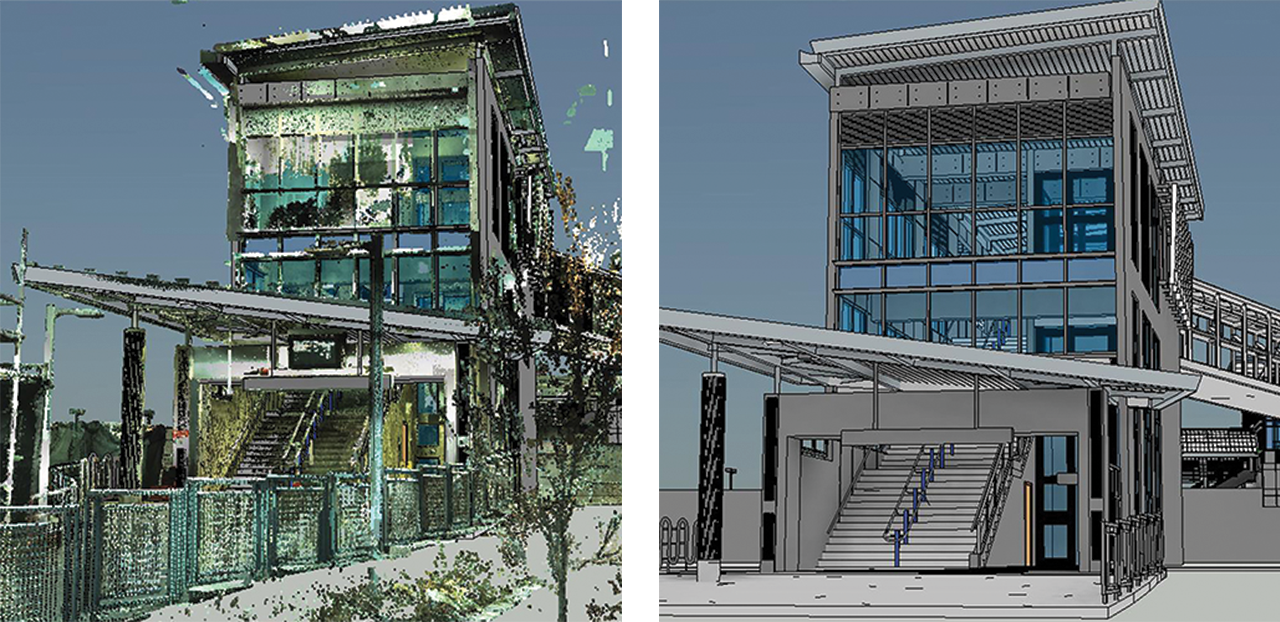BLOG
How Maps are Morphing the A/E Industry
Mapping has come a long way, baby. From the world’s earliest hand-drawn maps on cave walls to today’s digital satellite imagery, geospatial data and technology have never advanced faster than in recent decades. Combined with advances in computation, geospatial technology is enabling ever-more comprehensive analyses of the Earth’s surface and propelling the A/E industry into the new millennium.[1]
This technology is now influencing architecture and engineering in both new and innovative ways. Geospatial reference points can be used to append all kinds of insightful data, such as buildings, land formations, traffic infrastructure, social demographics and environmental phenomena. Architects, engineers and other building specialists are leveraging this information to design richer models and facilitate smarter projects.[2]
MARTA Makes It Real

Recently, the Metropolitan Atlanta Rapid Transit Authority (MARTA) and a team of experts from Woolpert incorporated geospatial technology in the planning and construction of the Buckhead Station Pedestrian Bridge. This pedestrian bridge crosses an interstate and provides MARTA users with access to Buckhead Station.
Woolpert used 3D laser scanning and point cloud data to generate a realistic 3D visualization and fly-through that was then presented to the executive board at MARTA. The board used these assets as a strategic roadmap to achieve greater sustainability and enhanced efficiencies during construction of the award-winning project.
Map-making began as an art that transformed into a science. Today, it is an indispensable tool in the development of modern society. Hats off to you, Magellan.
[1] https://www.aaas.org/content/what-are-geospatial-technologies
[2] https://www.aaas.org/content/what-are-geospatial-technologies

Andrew Rider
Woolpert’s resident BIM geek Andrew Rider is an accomplished architectural designer with more than 9 years of practical experience. Andrew champions Woolpert’s integration of 3D technology into traditional design projects.